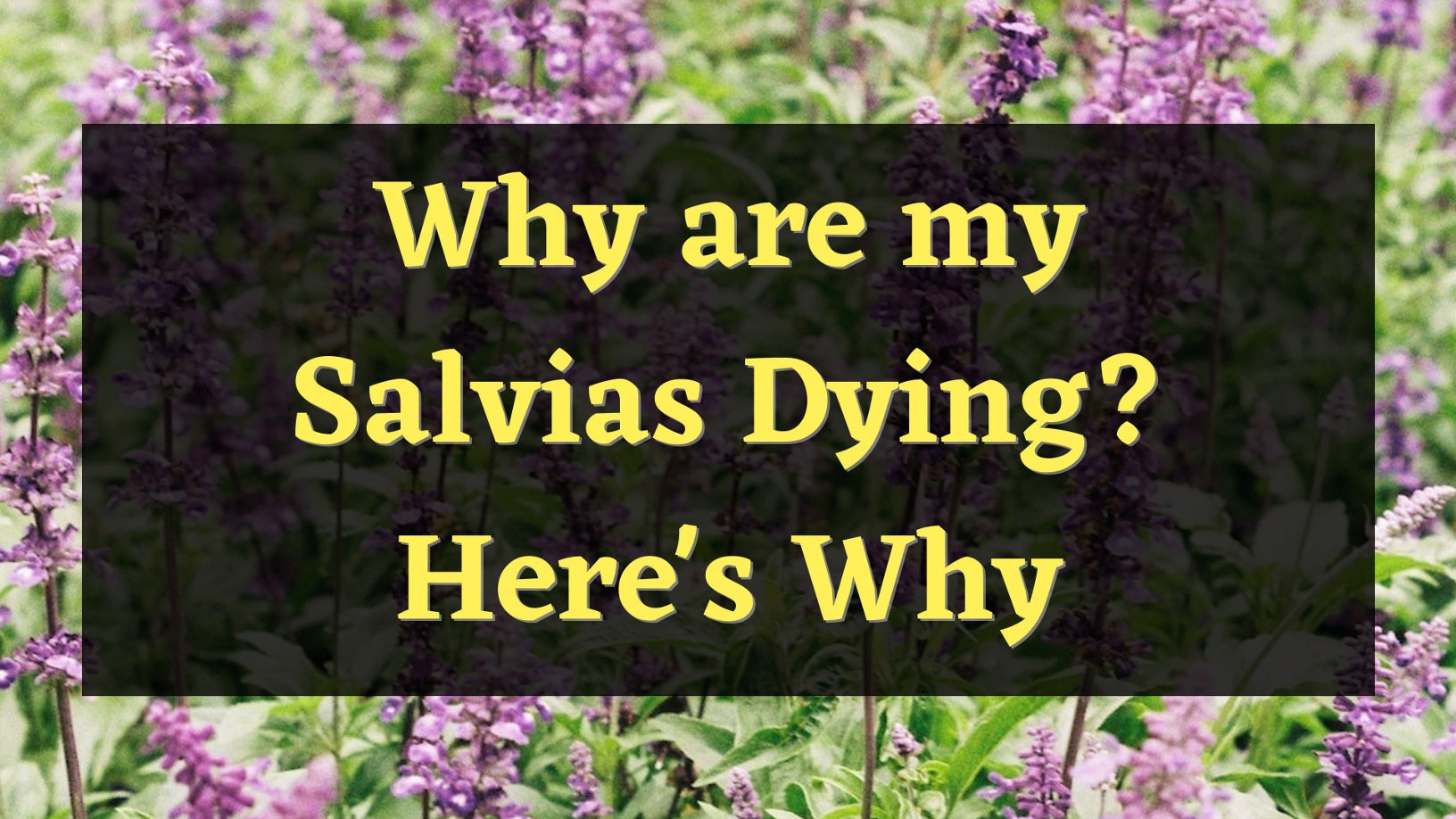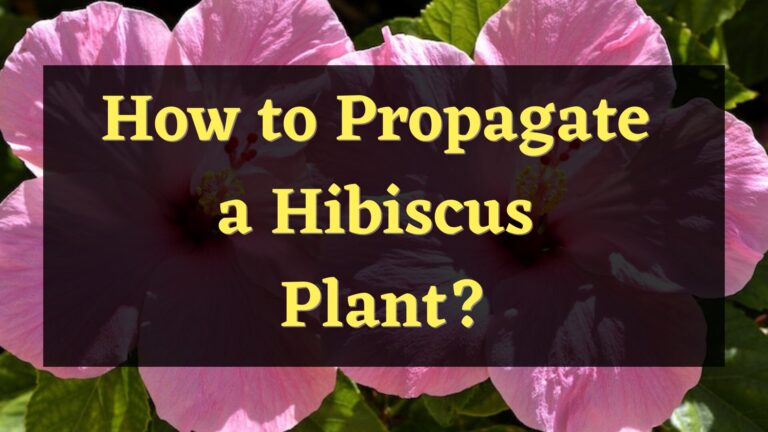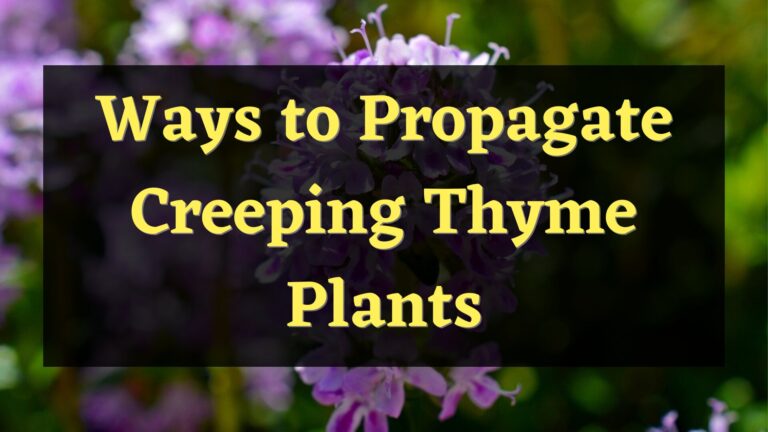Having problems with your salvias because they are dying happens to every gardener. A few tips will help your plants get back to the healthy plants they were not too long ago. Salvias are a wonderful plant that is very easy to care for, but they have a very noticeable flaw. They flop, wilt, and die fairly easily. However, there are several simple things you can do to keep this from happening to the plants that you cherished.
Why do salvias get sick, dying, or form unattractive growth?
Too much water
If you observed your salvias drooping or flipping over, this is most likely due to overwatering. You may have been watering your salvias too frequently and causing the soil to be waterlogged. Try to water your salvias less often so it has the chance to dry out naturally.
Not enough water
If your salvias do not get enough water, their buds may eventually turn brown and fall off, or worse, the plant will begin to wilt. This problem’s roots are in the lack of moisture in the soil, be it from a lack of rainfall or because you are not watering your salvias regularly.
Not enough sunlight
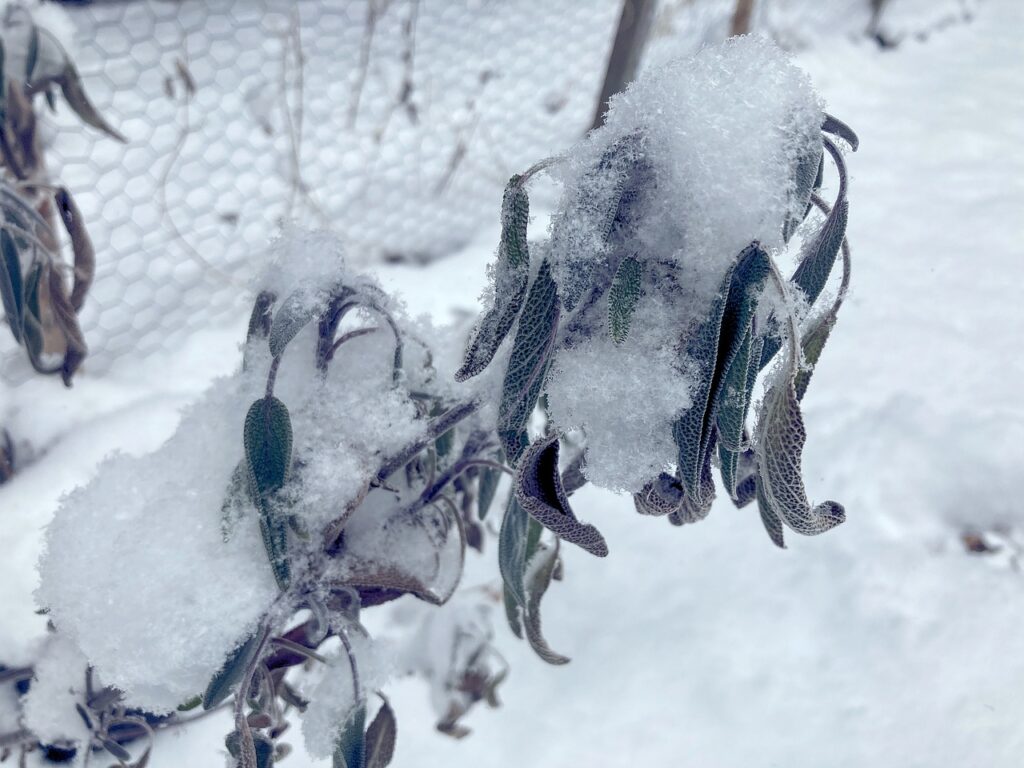
Salvias thrive when they are exposed to full sunlight. If you noticed that your salvias do not flower that much or their buds immediately turn yellow and brown, the chances are that you might have planted them in a location where it is not sunny enough for them to thrive.
Grown too large
A salvia plant that has grown too large has negative effects, it will become leggy, weak, and overgrown. Overgrown salvia will try to produce as many flowers as possible, which leads to the top part of the plant becoming too heavy and having a tendency to fall over.
Spider mites
Spider mites frequently attack salvias and can darken their leaves because they feed on the plant’s sap. As a result, little white spots appear on the upper surface of the leaves. If the infestation is not addressed, all of your salvias’ leaves will start turning yellow or white. It is preferable to remove them while the infection is still in its early stages. To spritz on the leaves of your salvias, mix one-part alcohol with ten parts water. After the spraying, wipe both sides of your leaves with a paper towel.
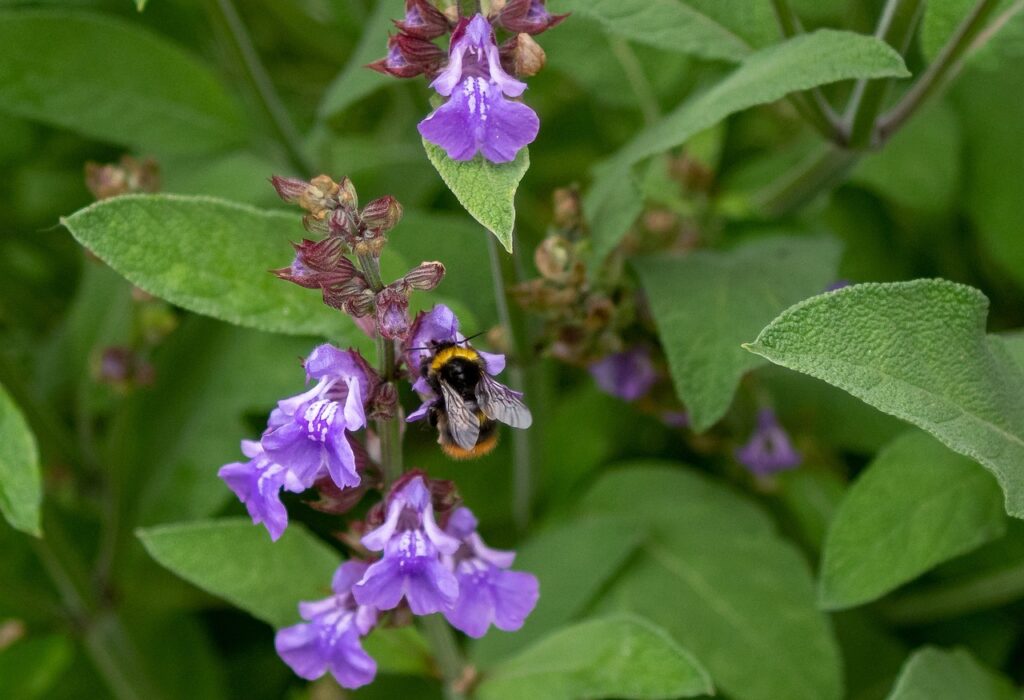
Steps to help and revive dying salvias
The most important thing you should do before attempting to revive your dying salvias is to determine why they are dying. This might happen to your salvia plant due to a wide variety of reasons. The most common reasons for this include rotting roots, poor growth, small pots, or plants that have grown too large.
Here are some things that you can do to bring your dying salvias back to life:
Rotting roots
There are clear signs that the roots of your salvia plants are rotting, their leaves turn yellow, brown, or black and look like they’re going to wilt. The first thing you would need to do when you notice this symptom is to try to scale back the watering of your plants to once per week in very hot weather or once every two weeks in a normal one.
You can also pull out your salvia plant and inspect its roots. Cut off any infected roots that are already soft and slimy. But before cutting them off, make sure that your pruner is properly sterilized to prevent more diseases from spreading.
Poor growth
Salvias are low-maintenance plants and do not require that much attention. So you might wonder why your salvia plants are growing slowly or only have a few leaves. There are many things you can do to revive your plant in this state. You can either transfer your salvias to a location where they can be exposed to full sun, ensure that your salvia plant has enough space so that it won’t need to compete with other plants for nutrients and water, or feed your salvia plant with a little fertilizer to stimulate its growth.
Small pots
Salvia plants that are dying in a small pot or container have poor growth or a wilting appearance, with their leaves turning either yellow or brown as a symptom. In order to revive a salvia plant that is dying due to its small pot, you can always repot your salvia plant into a bigger one as it grows. Transferring them into a larger pot also has its own advantage. Larger containers do not dry out as quickly as the smaller ones, which can prevent the soil from drying out and allow your salvia’s roots to uptake water.
Grown too large
Growing too large will also have a negative effect on your salvia plant. They won’t be able to have new growth and will look untidy. It is important to prune your salvia plant at least once a year to stimulate its growth and slow down the woody growth from the plant’s base which results in your plant not producing as many new leaves and stems. However, pruning them twice a year is the best thing that you could do for your salvias. The first one is in spring, and then in the middle of July.
How often should Salvias be watered?
Salvias do not require a lot of water in order to properly thrive. Watering them once every seven to ten days is enough. Overwatering can cause the salvias’ roots to rot.
Conclusion
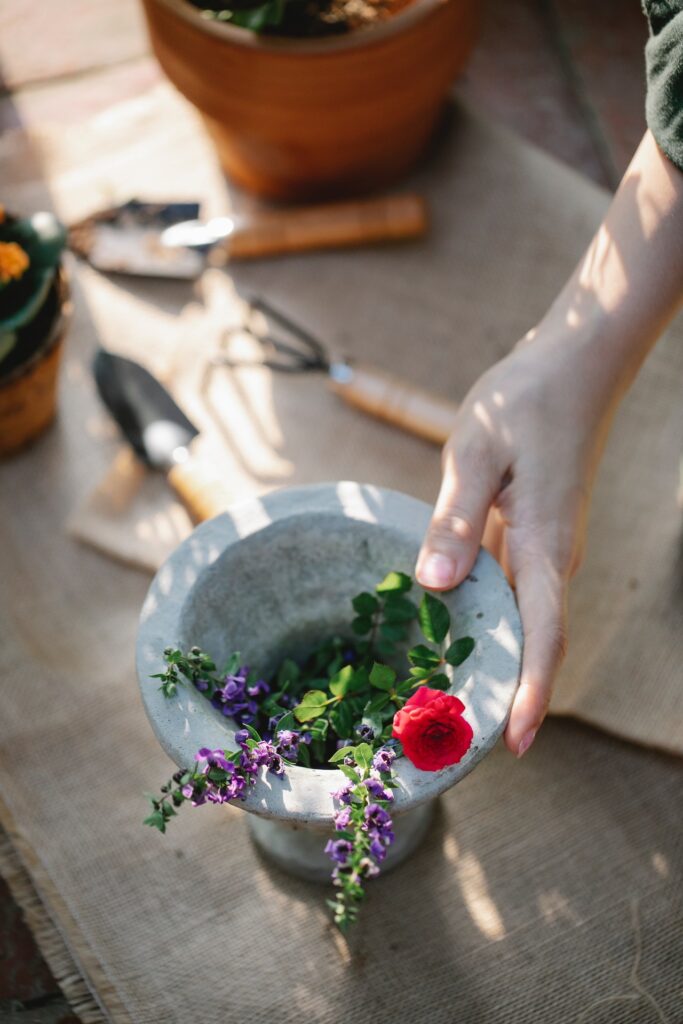
There are many things that can cause your salvias to wilt and die, but there are also a number of solutions to these common problems that affect your salvias. As stated in the previous statements, there are various issues that have great impacts on your salvia’s health, like overwatering as well as lack of sunlight. Luckily, while there may be many causes as to why your salvias die too early, the solutions to these kinds of problems are pretty simple.

Elizabeth Mcmillan is a passionate gardener with a strong interest in plants. She used to be a teacher, but Elizabeth has spent the last few years immersing herself in the world of plants, learning about their biology and cultural value and trying out different ways of growing them in her own garden. Elizabeth Mcmillan loves indoor plants, succulents, and cacti, and her friends and family know her as a plant care expert.

